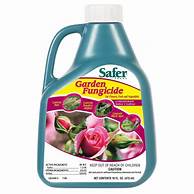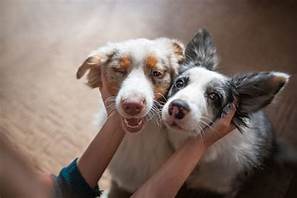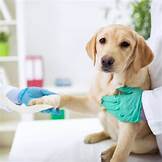Is Fungicide Safe for Pets?
Fungicides are chemicals used to kill or prevent the growth of fungi. They are commonly used in agriculture to protect crops from fungal diseases, and in home and garden settings to control mold and mildew.

Toxicity of Fungicides to Pets
The toxicity of fungicides to pets varies depending on the type of fungicide, the concentration of the fungicide, and the route of exposure. Some fungicides are more toxic than others, and even small amounts can be harmful to pets. Pets can be exposed to fungicides through ingestion, skin contact, or inhalation.
Ingestion: Pets can ingest fungicides if they eat plants or soil that has been treated with a fungicide. This can occur if pets are allowed to roam in areas where fungicides have been applied, or if they eat food that has been contaminated with fungicides.
Skin contact: Pets can absorb fungicides through their skin if they come into contact with treated surfaces or if they roll in or lick treated lawns or gardens.
Inhalation: Pets can inhale fungicides if they are sprayed in the air. This can occur if pets are present when fungicides are being applied, or if they enter an area that has recently been treated with a fungicide.
Signs of Fungicide Poisoning in Pets
The signs of fungicide poisoning in pets can vary depending on the type of fungicide and the amount of exposure. Common signs of fungicide poisoning include:
- Vomiting
- Diarrhea
- Nausea
- Abdominal pain
- Skin irritation
- Rashes
- Lethargy
- Weakness
- Seizures
- Death
Treatment for Fungicide Poisoning in Pets
If you think your pet has been exposed to a fungicide, it is important to seek veterinary attention immediately. The veterinarian will assess your pet's condition and determine the best course of treatment. Treatment may include:
- Inducing vomiting
- Administering activated charcoal
- Providing supportive care, such as fluids and electrolytes
- Administering antidotes, if available
Preventing Fungicide Poisoning in Pets
The best way to prevent fungicide poisoning in pets is to keep them away from areas where fungicides are being used. You can also take the following steps to help protect your pet:
- Do not allow your pet to roam in areas where fungicides have been applied.
- Do not let your pet eat plants or soil that has been treated with a fungicide.
- Keep your pet indoors when fungicides are being used outdoors.
- Rinse your pet's paws and fur with water if they have been exposed to a fungicide.
- If you are concerned about your pet's exposure to a fungicide, contact your veterinarian immediately.
Declaration: All article resources on this website, unless otherwise specified or labeled, are collected from online resources. If the content on this website infringes on the legitimate rights and interests of the original author, you can contact this website to delete it.





